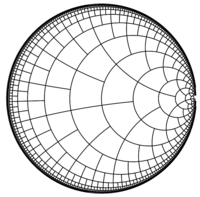Binary tiling

Okay kiddo, have you ever played with legos before? Remember how you can put different sizes and shapes of legos together to create different things? Well, binary tiling is kind of like that, but instead of legos, we use squares.
Imagine you have a big sheet of paper and you want to cover it completely with little squares. We can use two different colors of squares, let's say red and blue. The rule is that every red square must touch at least one other red square, and every blue square must touch at least one other blue square.
Now let's make it even more interesting. We'll take each little square and divide it into four even tinier squares, like a tiny tic-tac-toe board. We'll color these squares red or blue too, following the same rule as before. Now we have many more possible ways to arrange our squares on the big sheet of paper.
Binary tiling is basically the idea of arranging square tiles that are divided into 4 smaller tiles in a way that follows certain rules. Specifically, we're using the binary number system (that's a fancy way of saying only using 0's and 1's) to represent the colors of the squares.
So just like how you can use different lego shapes and sizes to create different objects, with binary tiling, we can use different arrangements of tiny squares to create interesting patterns and designs. It's a fun way to combine math and art together!
Imagine you have a big sheet of paper and you want to cover it completely with little squares. We can use two different colors of squares, let's say red and blue. The rule is that every red square must touch at least one other red square, and every blue square must touch at least one other blue square.
Now let's make it even more interesting. We'll take each little square and divide it into four even tinier squares, like a tiny tic-tac-toe board. We'll color these squares red or blue too, following the same rule as before. Now we have many more possible ways to arrange our squares on the big sheet of paper.
Binary tiling is basically the idea of arranging square tiles that are divided into 4 smaller tiles in a way that follows certain rules. Specifically, we're using the binary number system (that's a fancy way of saying only using 0's and 1's) to represent the colors of the squares.
So just like how you can use different lego shapes and sizes to create different objects, with binary tiling, we can use different arrangements of tiny squares to create interesting patterns and designs. It's a fun way to combine math and art together!
